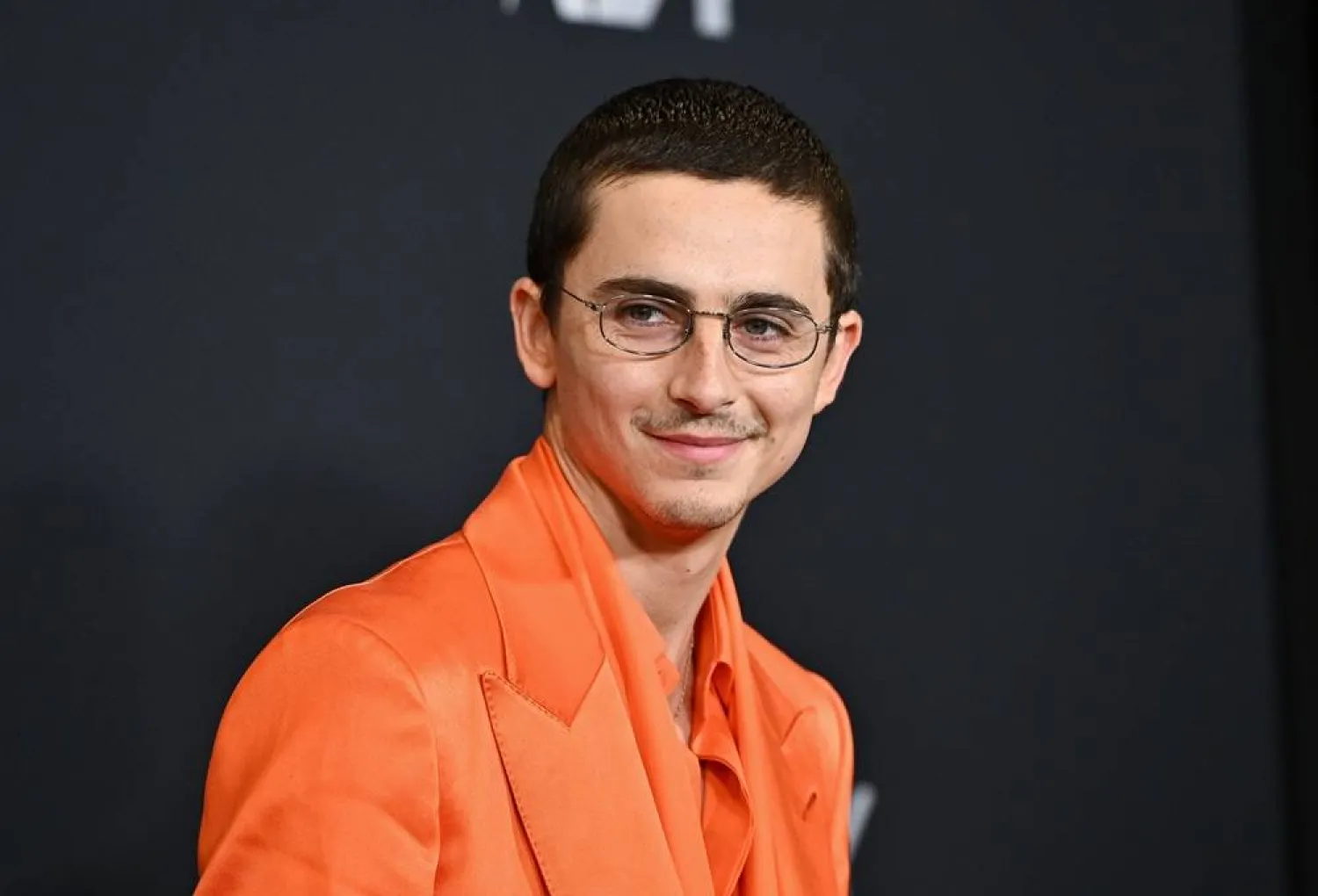When FX sent screenwriter Justin Marks a copy of James Clavell’s hit 1975 novel “Shogun” with the idea of turning it into a series, he initially couldn’t put it down. That’s because he was reluctant to pick it up.
The book about a British navigator shipwrecked in feudal Japan was massive — over 1,000 pages. And old: “It was the book that was on our parents’ nightstand.” Plus it sounded culturally out of step. He assumed it couldn’t be adapted for 2024.
Marks laughs that he “was being a jerk” and judging a book by its cover. With urging from his wife, novelist Rachel Kondo, he eventually picked it up and soon realized why Clavell’s novel was so celebrated.
“When you open it and you go through it, it is a remarkably modern story,” he said. “It really does get to the core of what it is to encounter another culture and to encounter oneself in that culture.”
Marks and his wife plunged into the fish-out-of-water tale and now are ready for the world to see their 10-episode fictional limited series “Shōgun.” Set in Japan in 1600, it’s rooted in the real history of the period, a dangerous time when several warlords jockeyed for ultimate power as European powers warily circled the island nation.
The arrival of a shipwrecked Englishman — John Blackthorne — disrupts the balance in Japan and yet offers intriguing possibilities since he knows important global information. A pawn at first, he rises to become a trusted adviser and ally.
“It really came down to being the story about agency and this story about characters who are trying to exert control over the path of their own destiny in a very chaotic world where you can literally lose your head at any moment,” said Marks.
The series has elements of intrigue and spectacle like “Game of Thrones,” with brutal beheadings, people boiled alive or sliced open with katanas, blood splashing on window screens and fire-tipped arrows.
It also shows the hesitant understanding growing between Blackthorne (Cosmo Jarvis) and Lord Toranaga (Hiroyuki Sanada) and a love story between Blackthorne and translator Lady Mariko (Anna Sawai).
“Maybe fate brought you here for a reason,” Blackthorne is told shortly after shipwrecking in Japan. “Maybe you’ll live long enough to find out what it is.”
Sanada says the cast and creators came at the project hoping to respect the novel but also to ground it in historical reality and make the characters believable. “Our North Star was authenticity from the beginning,” he said.
The series is riding a wave of new TV offerings that embrace Asian culture, including Max’s “Ninja Kamui,” “Warrior” and “Tokyo Vice,” Paramount+'s “The Tiger’s Apprentice,” and “Avatar: The Last Airbender” and “House of Ninjas,” both on Netflix.
The 1975 book “Shogun” sold millions and a 1980 TV miniseries, starring Richard Chamberlain and Toshiro Mifune, was watched by 1 in 3 US households, winning three Emmys and three Golden Globes. Both the series and book triggered a wave of interest in feudal Japan, from kids playing with toy katanas to video games to Tom Cruise starring in “The Last Samurai.”
“It’s almost impossible not to continue to read ‘Shogun’ once having opened it,” The New York Times said in its review. “Yet it’s not only something that you read — you live it. The imagination is possessed.”
The new series — with Clavell’s daughter Michaela as a producer — adjusts the story. Sanada said that if the book was “blue eyes watching Japan,” the FX series puts on “Japanese lenses.” Blackthorne is less the hero here than a catalyst, as co-creators Marks and Kondo explore power dynamics.
Those tuning in may feel a whiff of “The Godfather,” another epic in the 1970s with a strong sense of loyalty, family and honor, while violence lurks nearby. There’s also a note of “Succession,” which Marks doesn’t deny.
“There’s always in a writers’ room a show we’re all watching when we’re doing it and ‘Succession’ was that show,” he says with a laugh. “We really were sort of just loving it. And in some ways it probably bled into the mix.”
Perhaps the most enjoyable parts of the series is the moments when both East and West realize they can learn from the other.
At first, Blackthorne calls the Japanese “barbarians,” and they, in turn, use the same term to describe him. But his bravery and expertise with weapons makes him valuable, and he learns about karma and inner calm.
“Do not be fooled by our politeness, our bows, our maze of rituals,” Lady Mariko tells him. “Beneath it all, we could be a great distance away, safe and alone.”
Sanada said it was appropriate that Western and Japanese crew members worked together to create the show. “The making of ‘Shogun’ itself has great drama and overlaps the story,” he says. “This is another good message for now: If we get together, we can create a better future together.”
Marks, who also served as showrunner and executive producer, says the “Shogun” team tried hard to fix mistakes in the novel, but such errors are always going to happen when bridges are built between cultures.
“We’re never going to get to place where we don’t make mistakes. What we do reach, hopefully, is every 40 years, whatever it may be, we reach a point where we just make better mistakes.”









